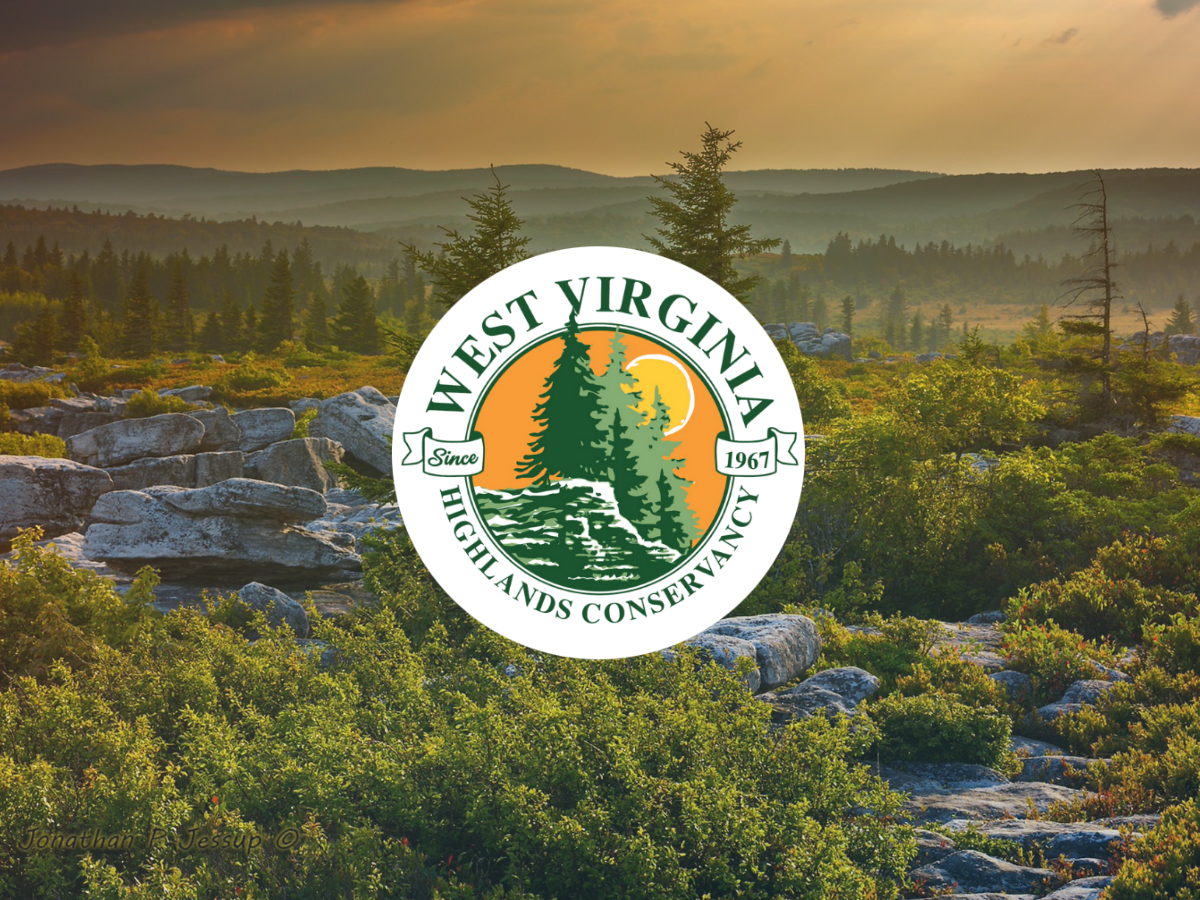By Larry Thomas
November was another busy month at the Conservancy and we are very proud of our efforts and accomplishments. During another extremely unusual year, the Board and committees have continued the hard work of “Fighting to Protect the Highlands.”
The Conservancy’s accomplishments during the significantly important campaigns to preserve the highlands during our 55 plus years of existence have served the highlands well, but so much more remains to be accomplished as we move into the future. We are proud of our continued efforts and achievements during 2022, as witnessed through the great articles and stories that are published each month in the Highlands Voice. Committees are working hard on continuing issues, some that we have been working on for years, as well as identifying new issues that are constantly evolving and are threats to the future of the highlands.
Again, this year, thousands of visitors flocked to the highlands to enjoy all that they offer for recreation and enjoyment. The continued increased use of our public lands is further proof of how essential it is to increase our efforts in the struggle to win the war against those who work behind the scenes to destroy the environment and the natural, scenic, and historic areas within the West Virginia highlands.
Protecting clean air, clean water, forests, streams, mountains, and the health and welfare of the people that live here and those who visit is what the Conservancy is all about.
A few key updates:
The West Virginia Highlands Conservancy provided scoping comments on the proposed Deer Creek Integrated Resource Project on Nov. 28, 2022.
The 89,050-acre project area is centered on the town of Green Bank and contains Deer Creek, the Greenbrier River and a portion of the Sitlington Creek headwaters. Approximately 39% is National Forest System land. Find project details at usda.gov.
- Need for a Baseline Description and Evaluation of the Degraded Aquatic Environment.
- Need for an Assessment of the Cumulative Impact of Forest Service Land Management Projects in Watersheds that Support Critical Habitat of the Endangered Candy Darter
- Need for an Evaluation of Project Effects on Watershed and Ecological Resilience to Changing Climate Conditions.
FOIA Request Regarding Monongahela National Forest Road 249
On May 9, 2022, the Conservancy, under the federal Freedom of Information Act (FOIA), requested the information listed below pertaining to commercial use of Forest Road 249 in the Gauley Ranger District of the Monongahela National Forest.
The Service provided an initial response to that request on July 25, 2022, advising the Conservancy that it had completed its search and would release in full 223 pages of responsive records. In addition to those records, however, the Service acknowledged that “additional records were located and were forwarded to the Regional Office for review and final release determination.”
The Conservancy has yet to receive any determination regarding those records and has sent a letter to the Regional FOIA Coordinator requesting an update on the status of the Regional Office’s review.
Issues reported in the Charleston Gazette-Mail:
Forest Service Projects Summer 2023 Completion of the New Environmental Impact Statement for the Mountain Valley Pipeline.
The Forest Service announced that it expects to complete the final supplemental environmental impact statement by summer 2023 for the project developer’s plan to build the pipeline across the Jefferson National Forest, creating another regulatory roadblock for the Mountain Valley Pipeline.
West Virginia Faces Toxic Aftermath of Industrial Water Pollution as Clean Water Act Turns 50.
Industrial facilities released more than 193 million pounds of toxic substances into U.S. waterways in 2020, according to a recent study by the Environment America Research & Policy Center and U.S. Public Interest Research Group Education Fund.
The report calls for the nation to systematically reduce toxic chemical use and urges the federal Environmental Protection Agency to update pollution control standards to eliminate the direct release of toxic chemicals into waterways wherever possible.
The toxic threat to waterways is particularly pervasive in West Virginia. The state ranked sixth nationwide in the amount of toxicity-weighted chemicals released and ninth in weight of releases of chemicals that may interfere with people’s ability to have children, according to EPA data for 2020.
The Ohio River basin, a drinking water source for more than five million people, received the largest volume of toxic discharges by weight among all major watershed regions at slightly less than 41 million pounds.
The West Virginia Highlands Conservancy works with partners and supporters to protect the incredibly important highlands of West Virginia. It is increasingly difficult to keep up, as lots of good as well as potentially concerning information surfaces every day.
Thanks again to the Conservancy’s board of directors and committees and a special thank you to our members and supporters for your continued support. We wish everyone a wonderful and safe holiday season.

